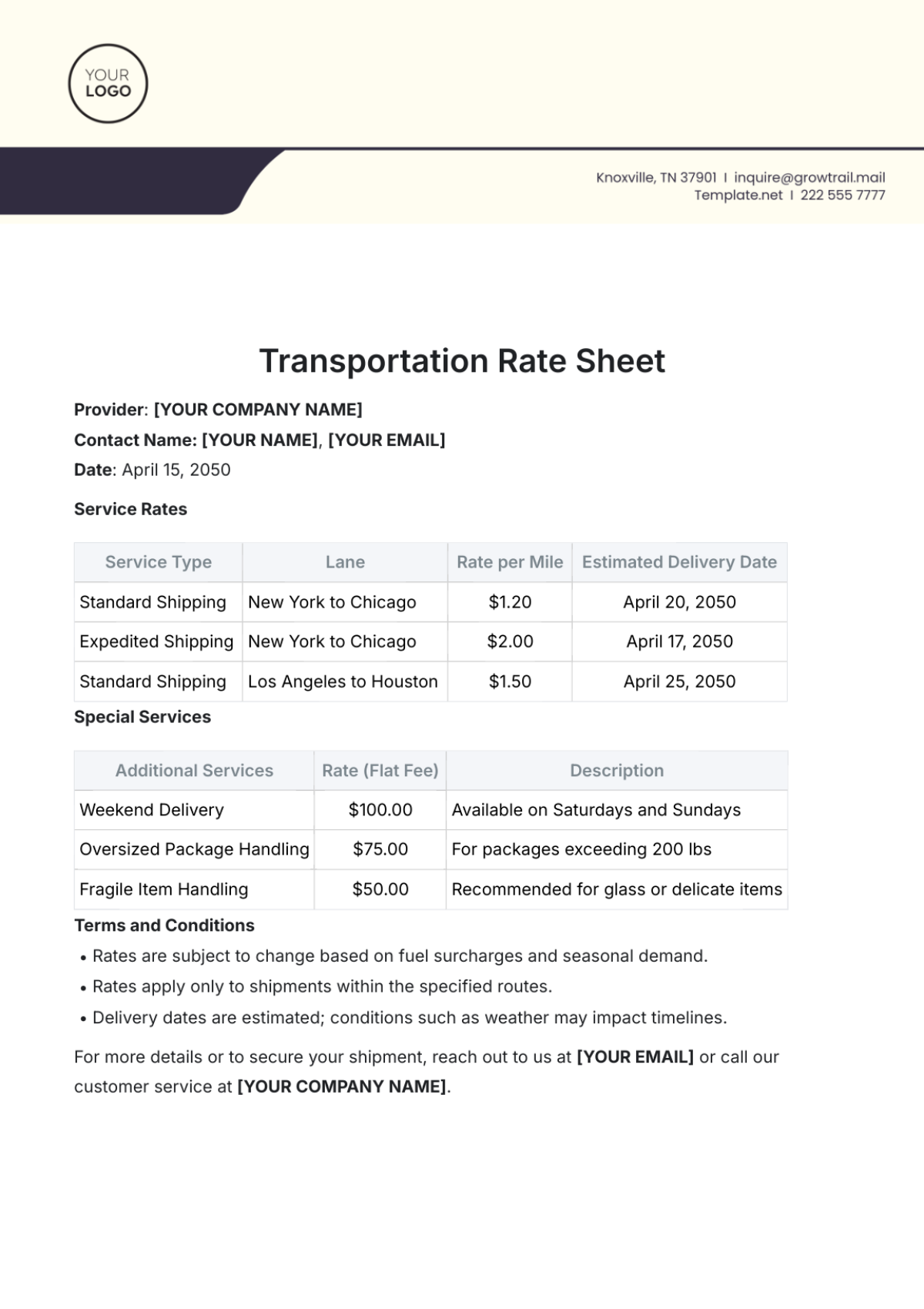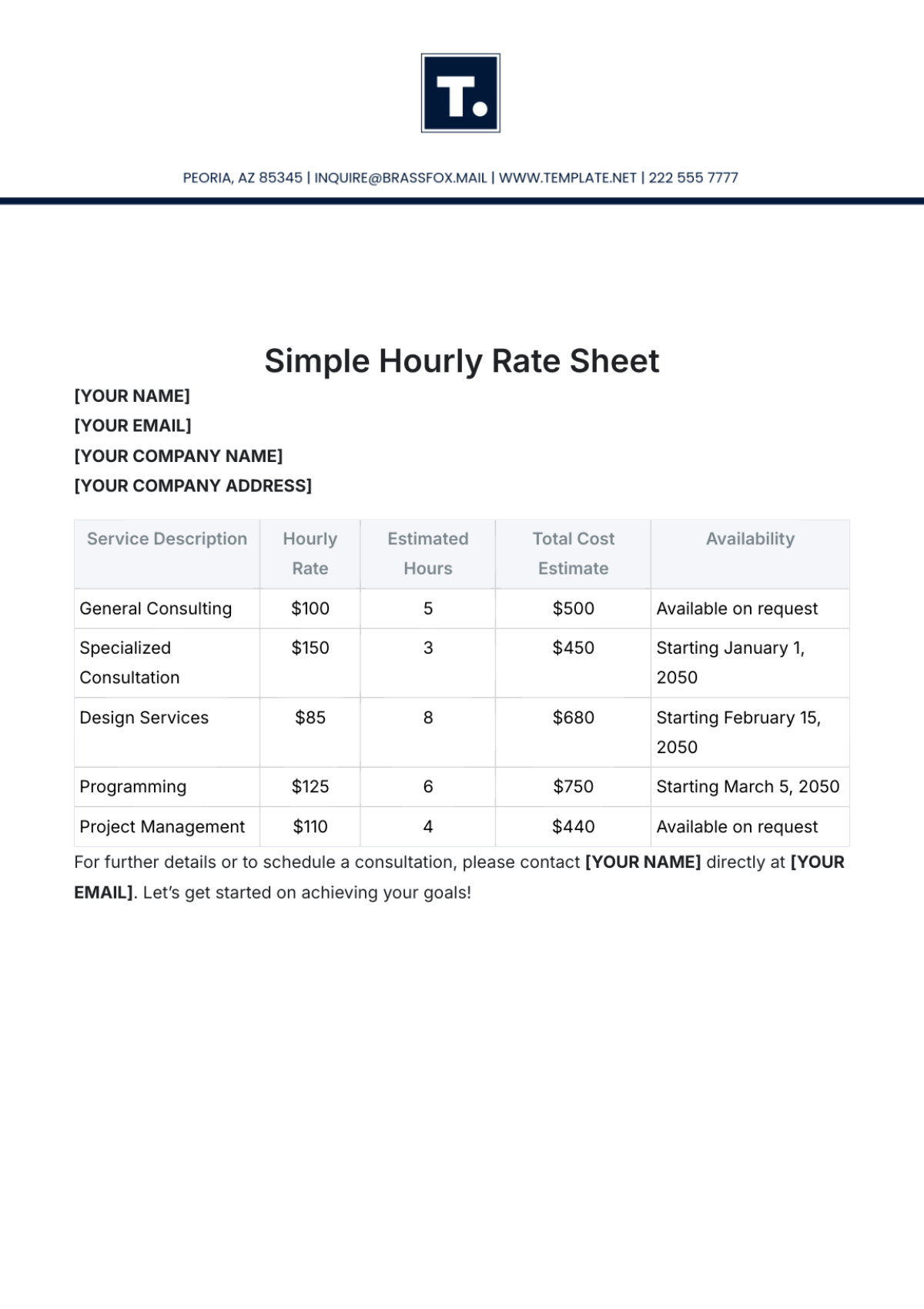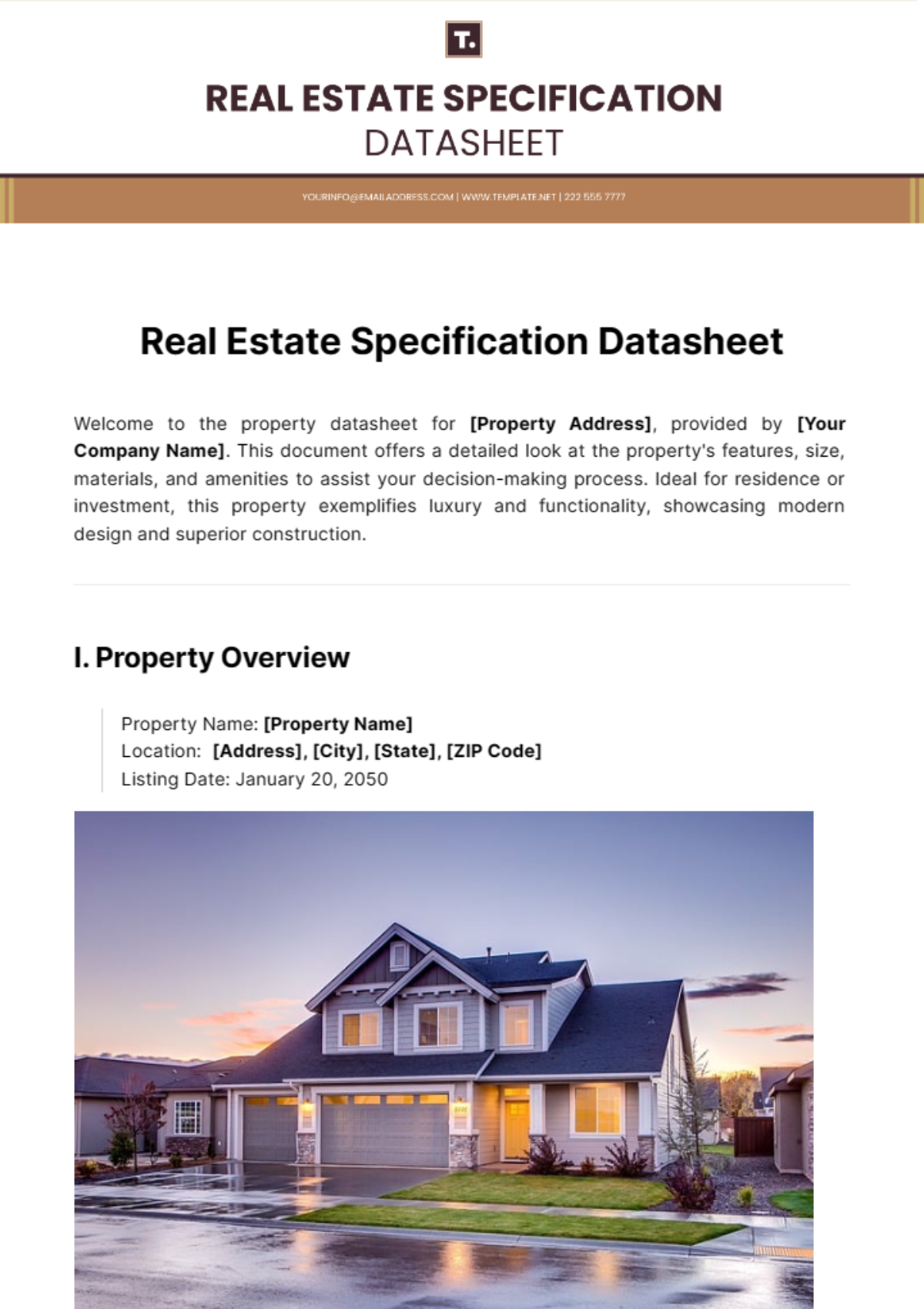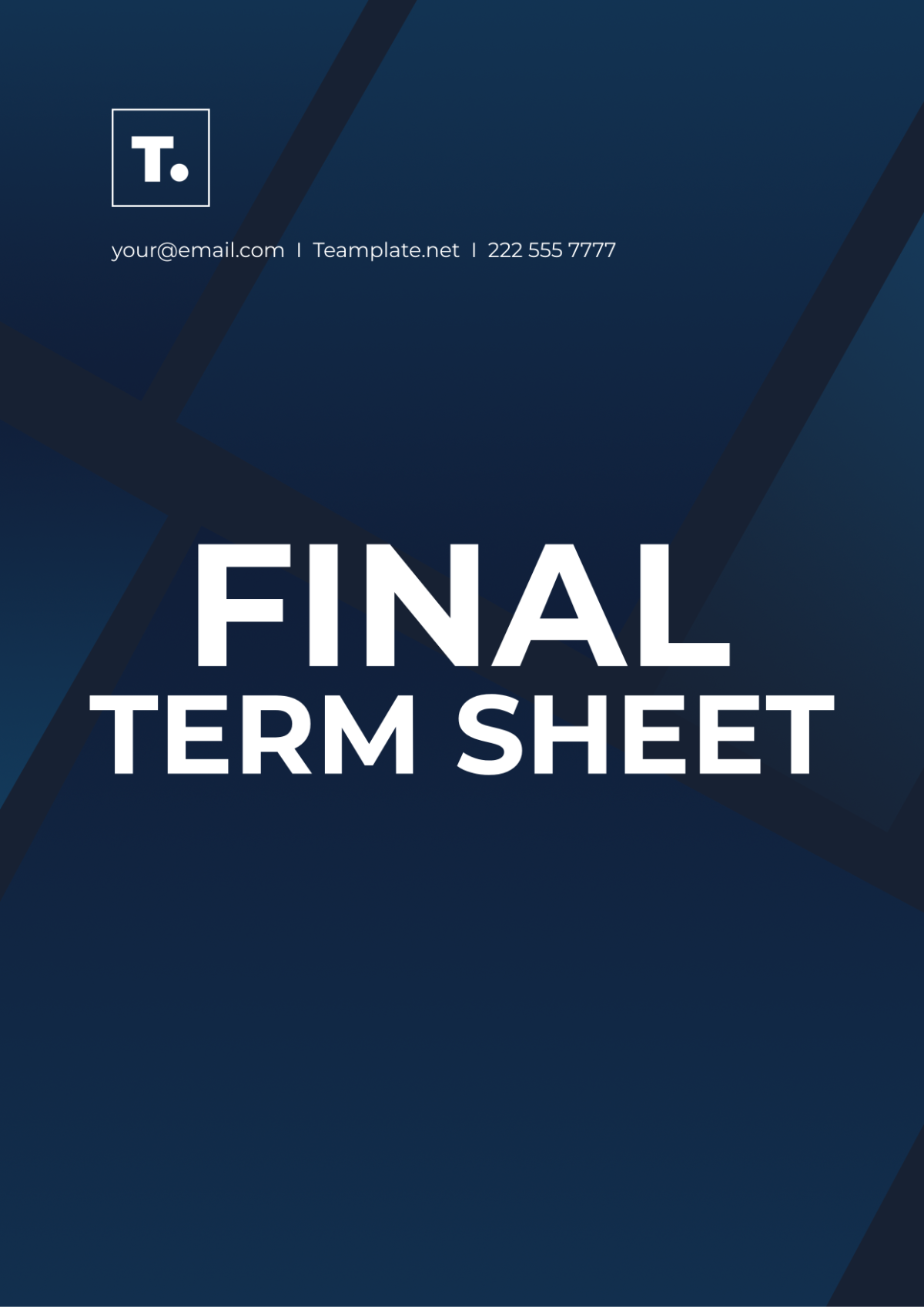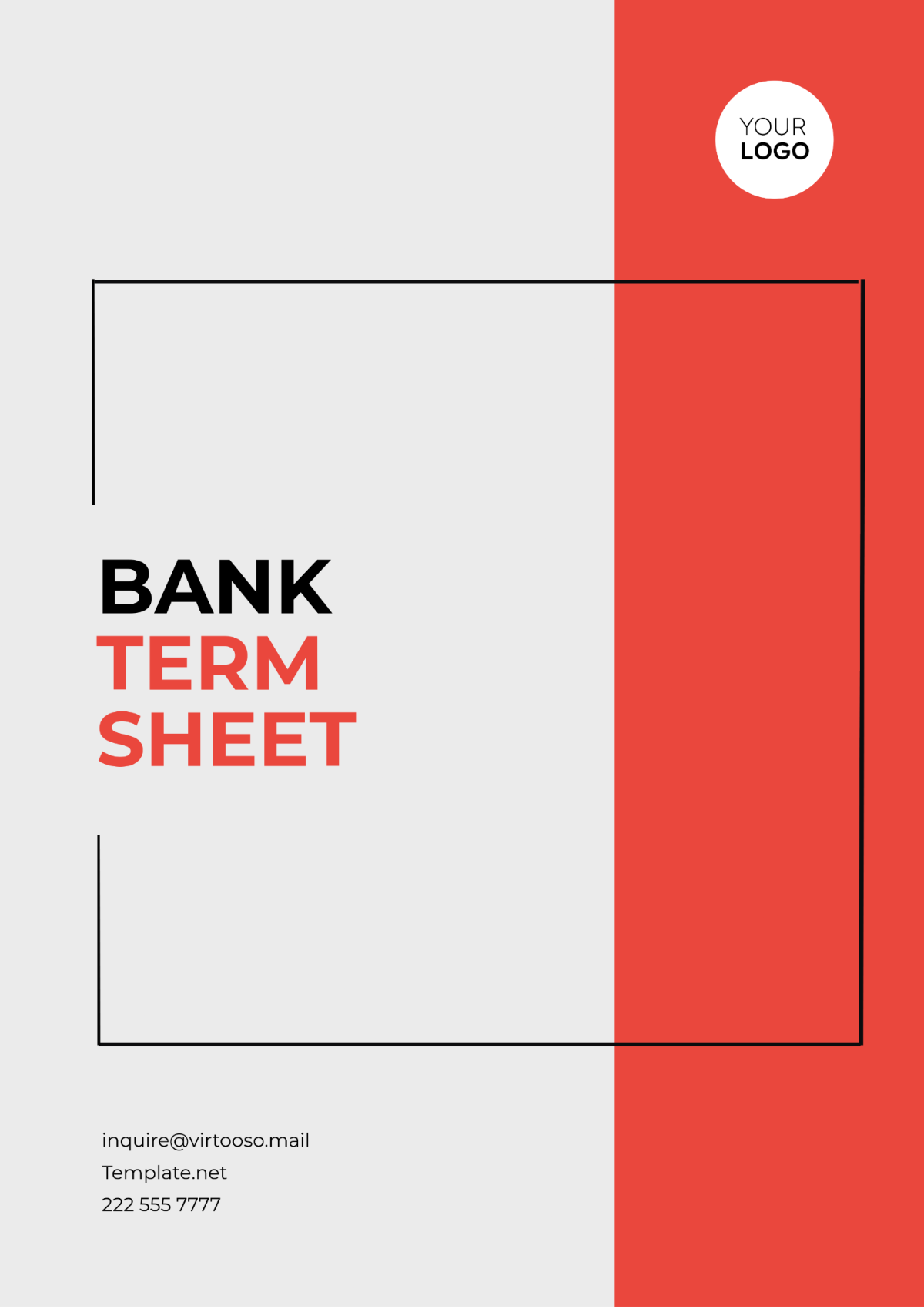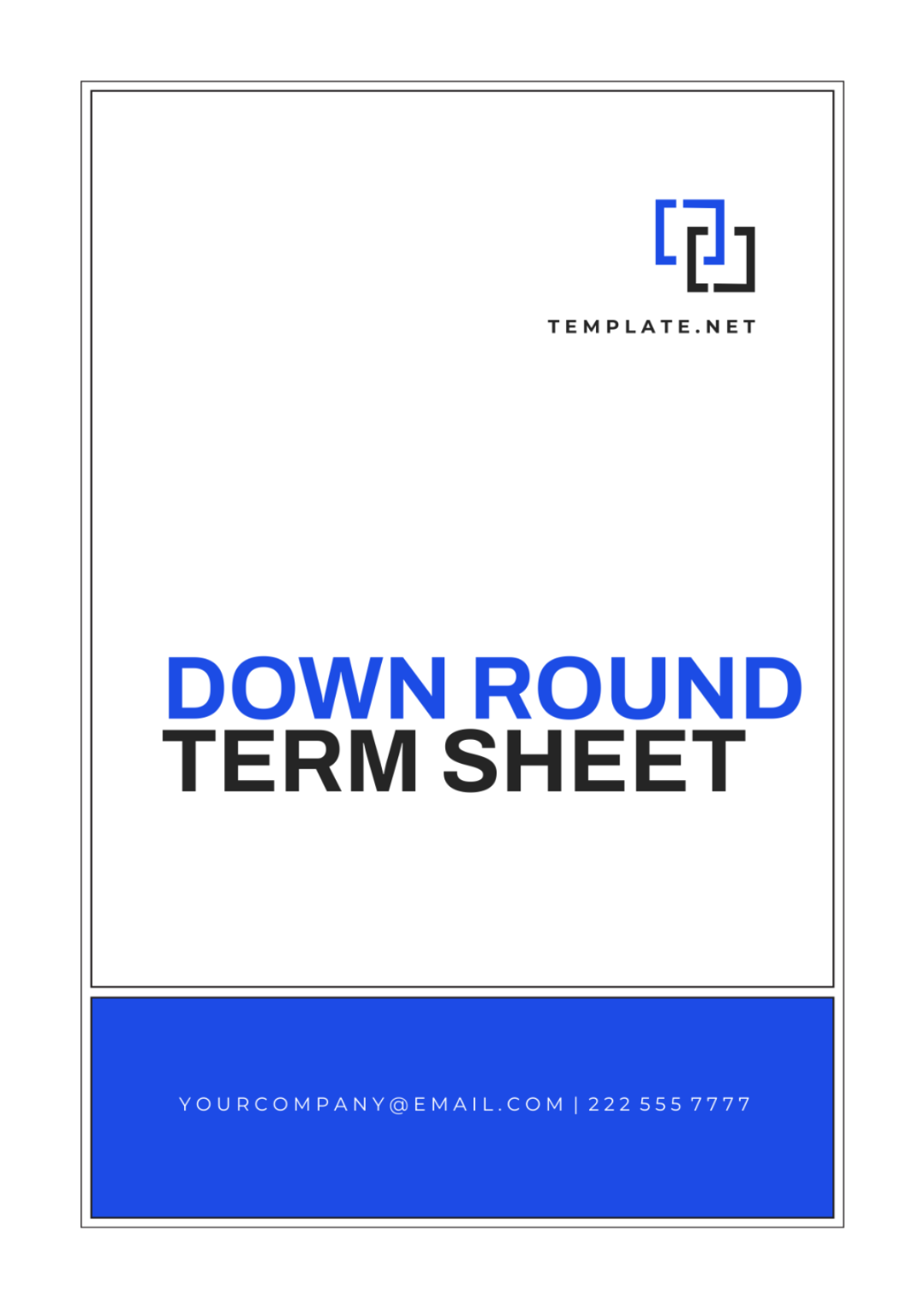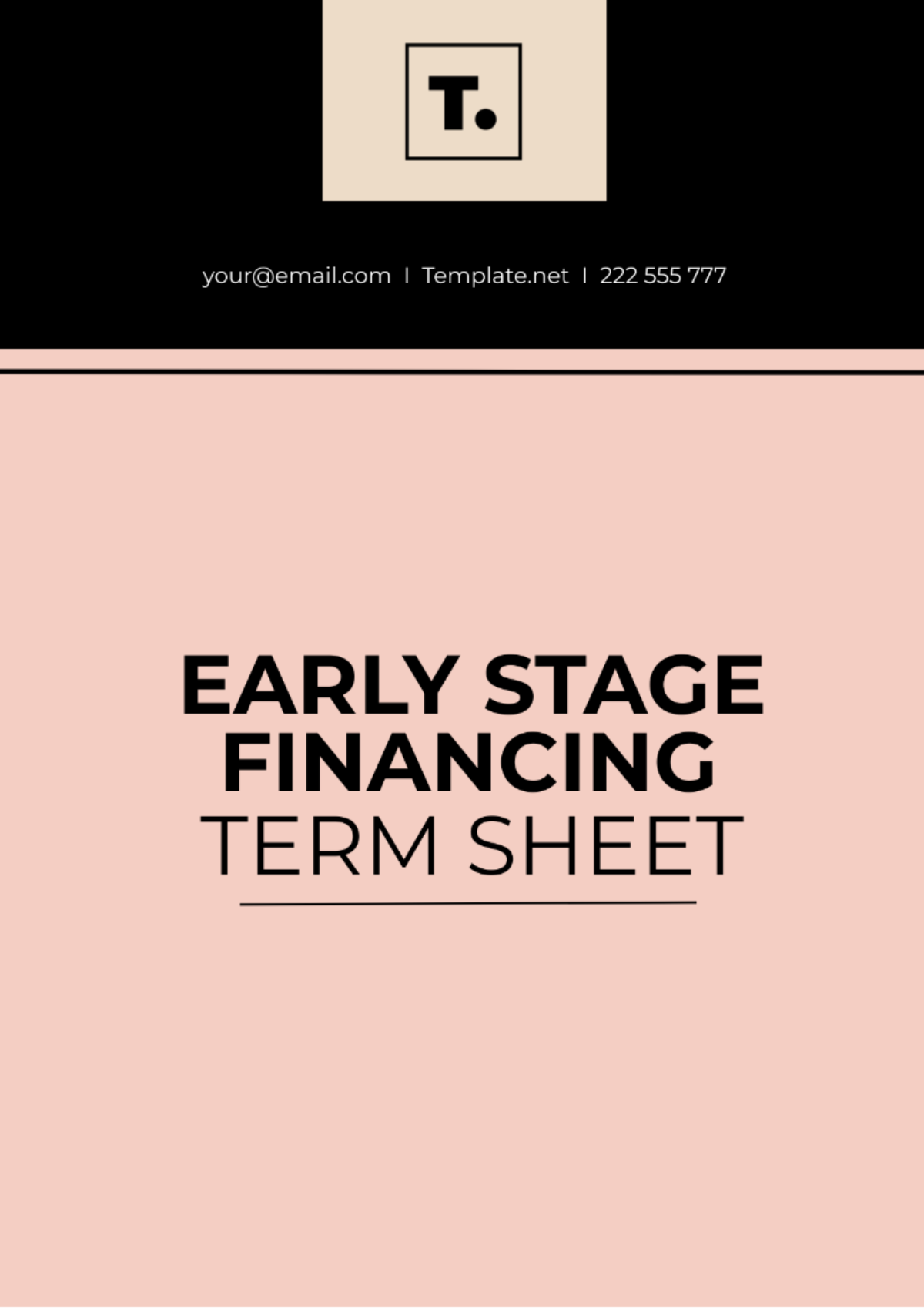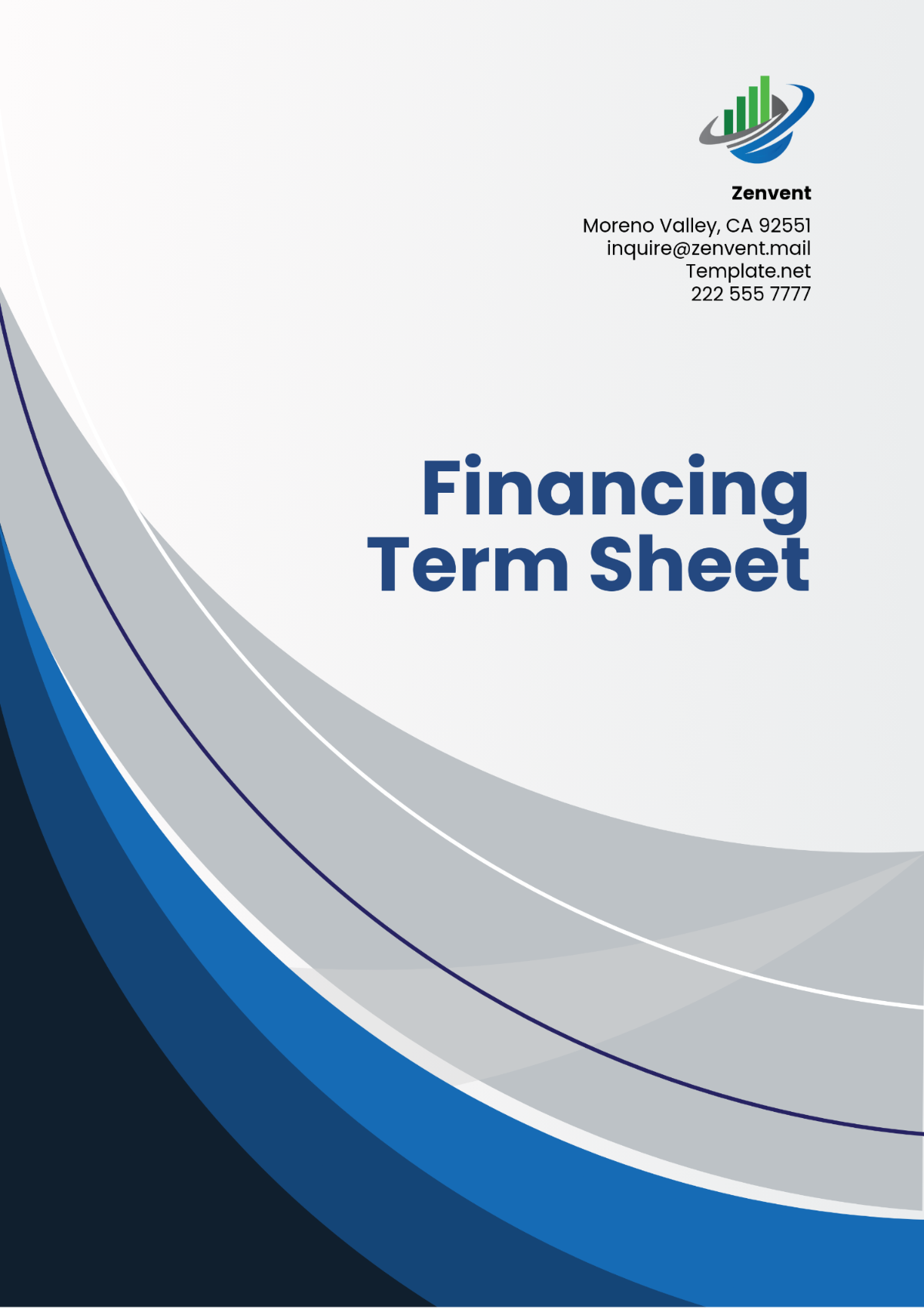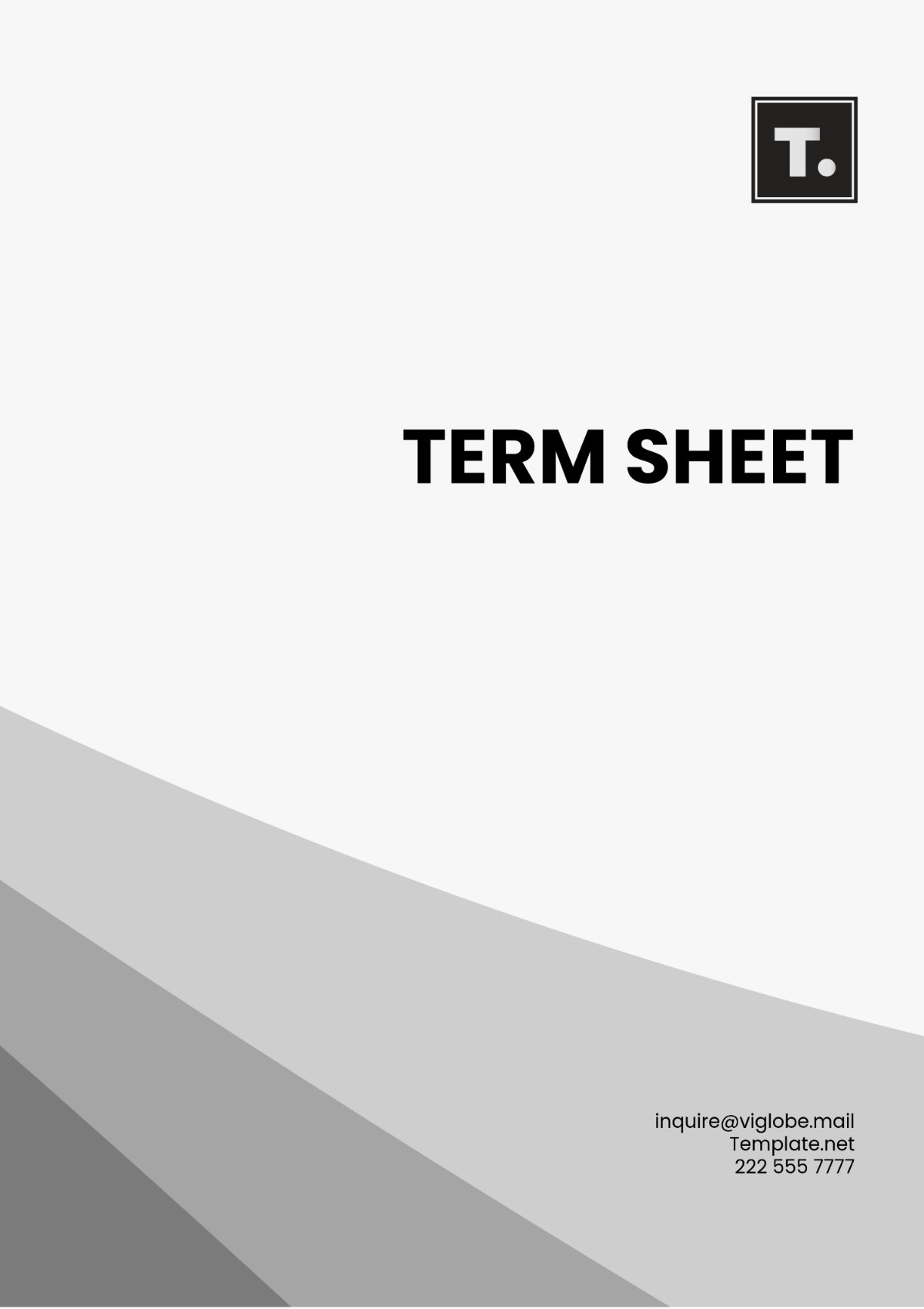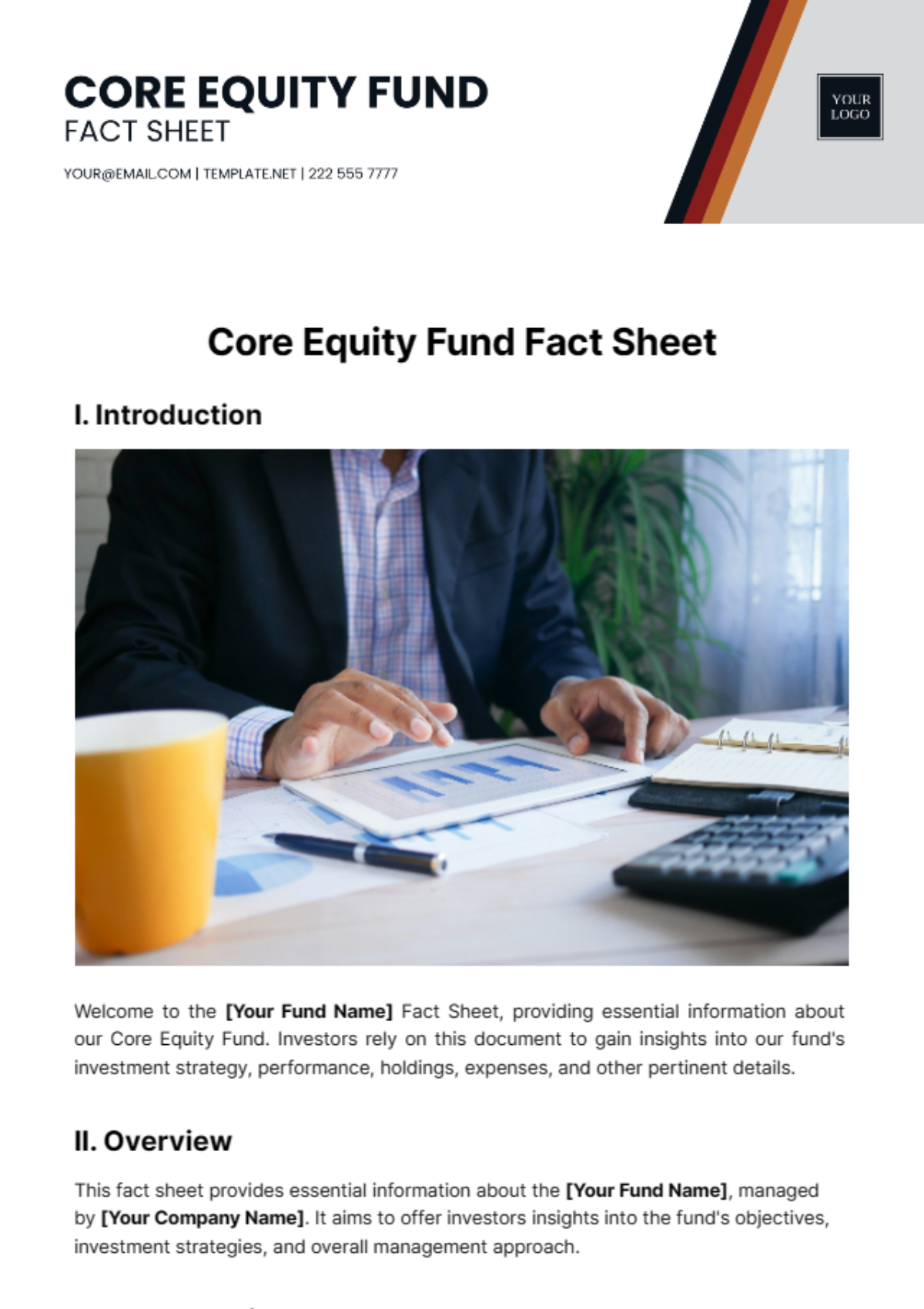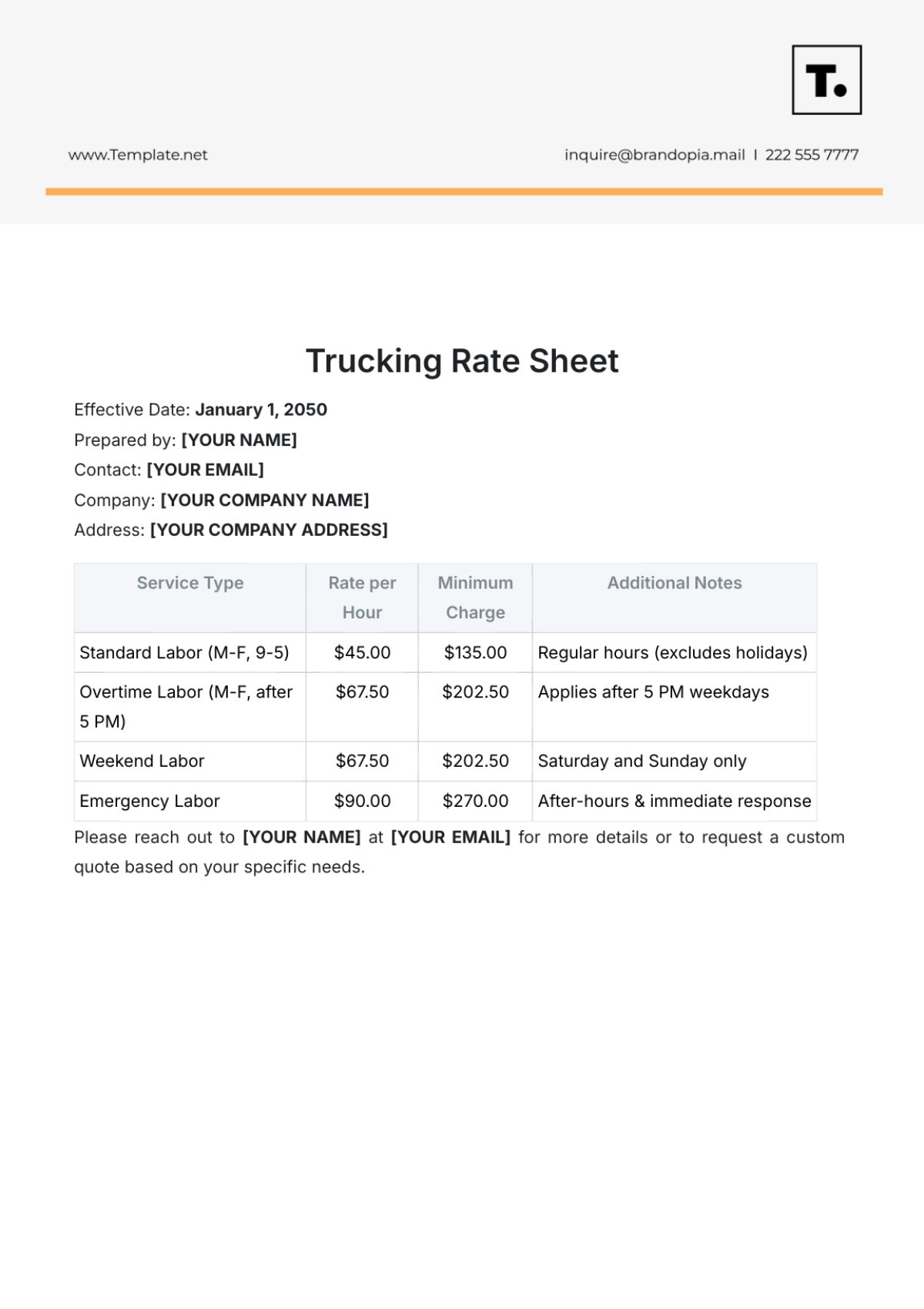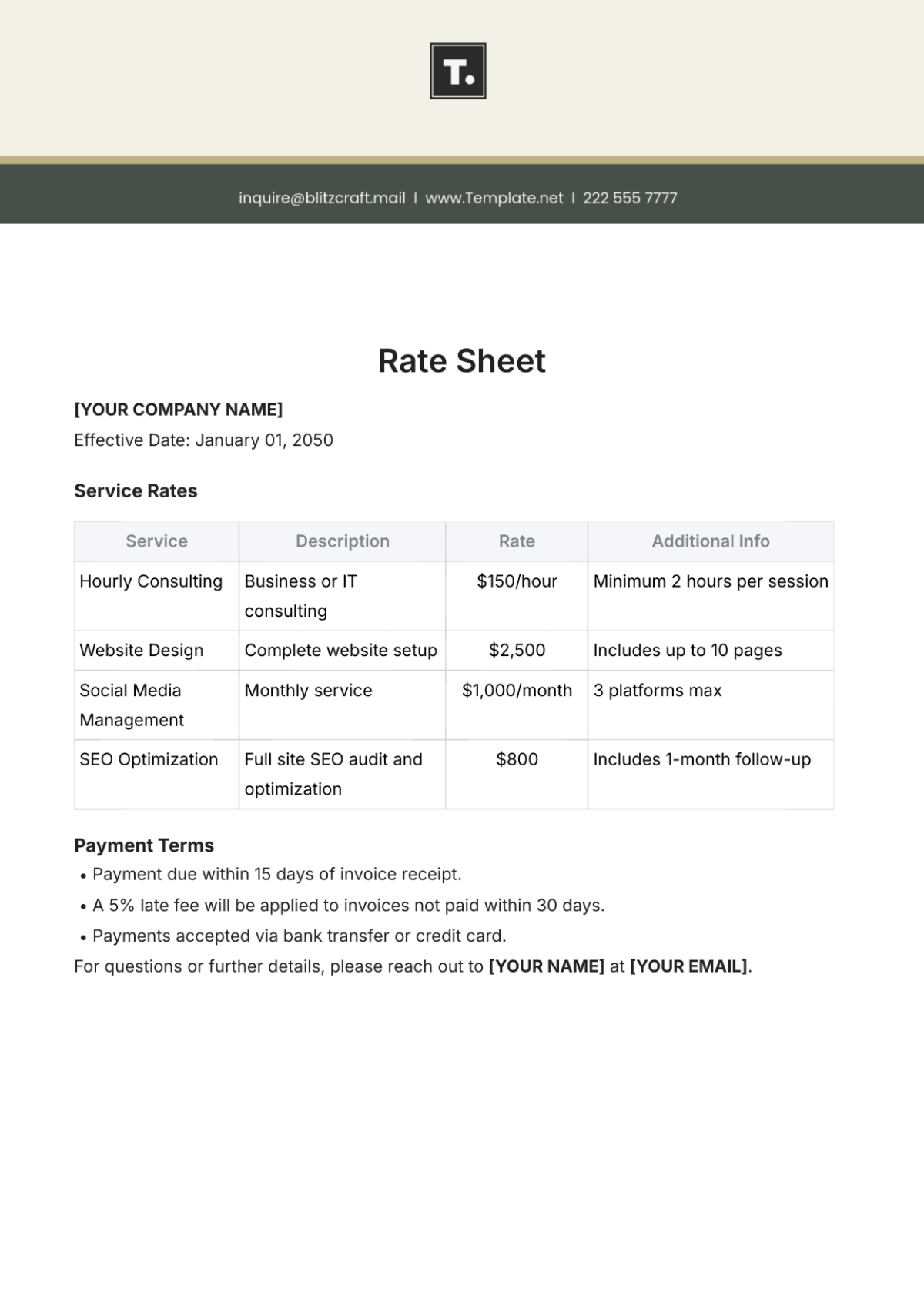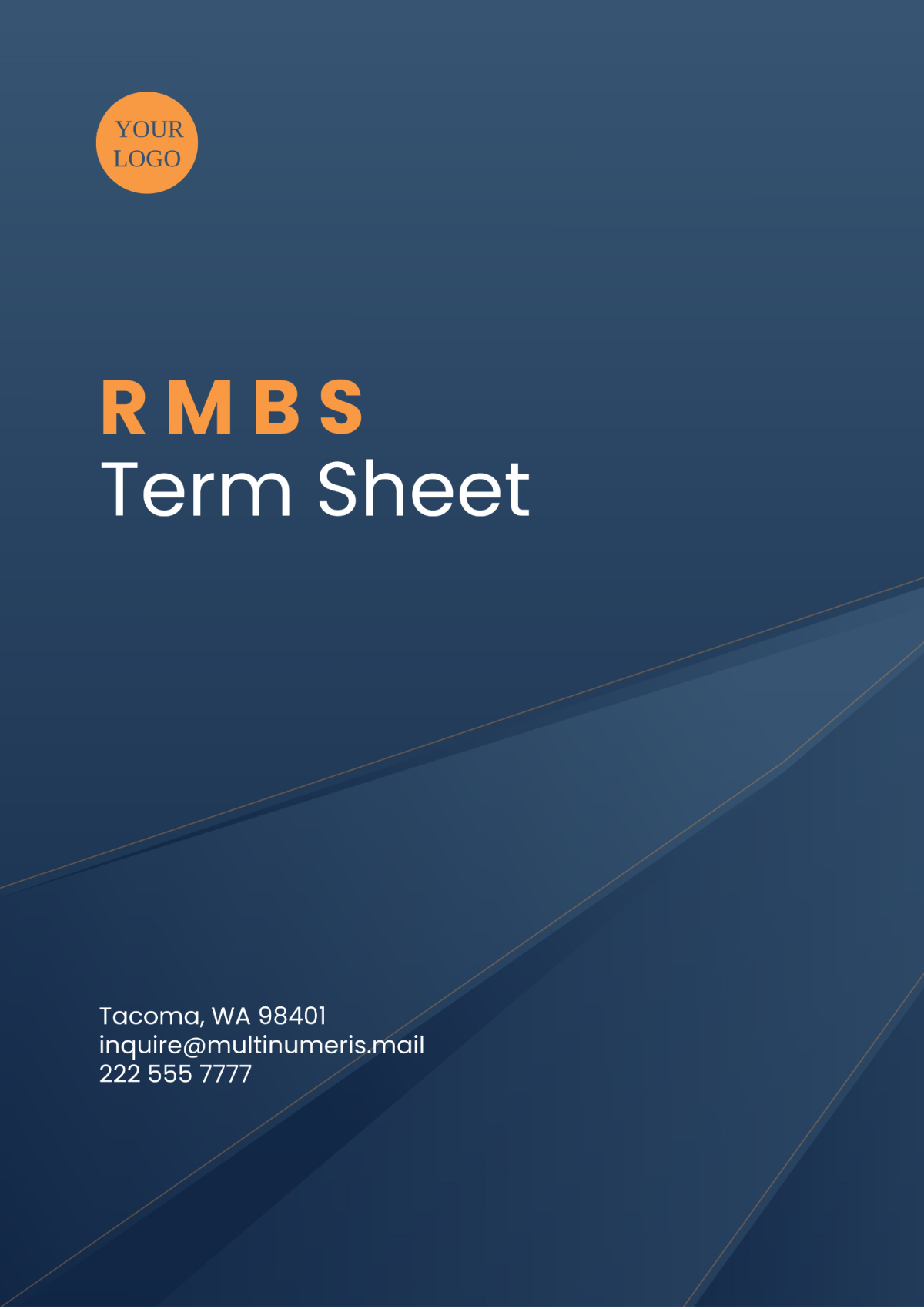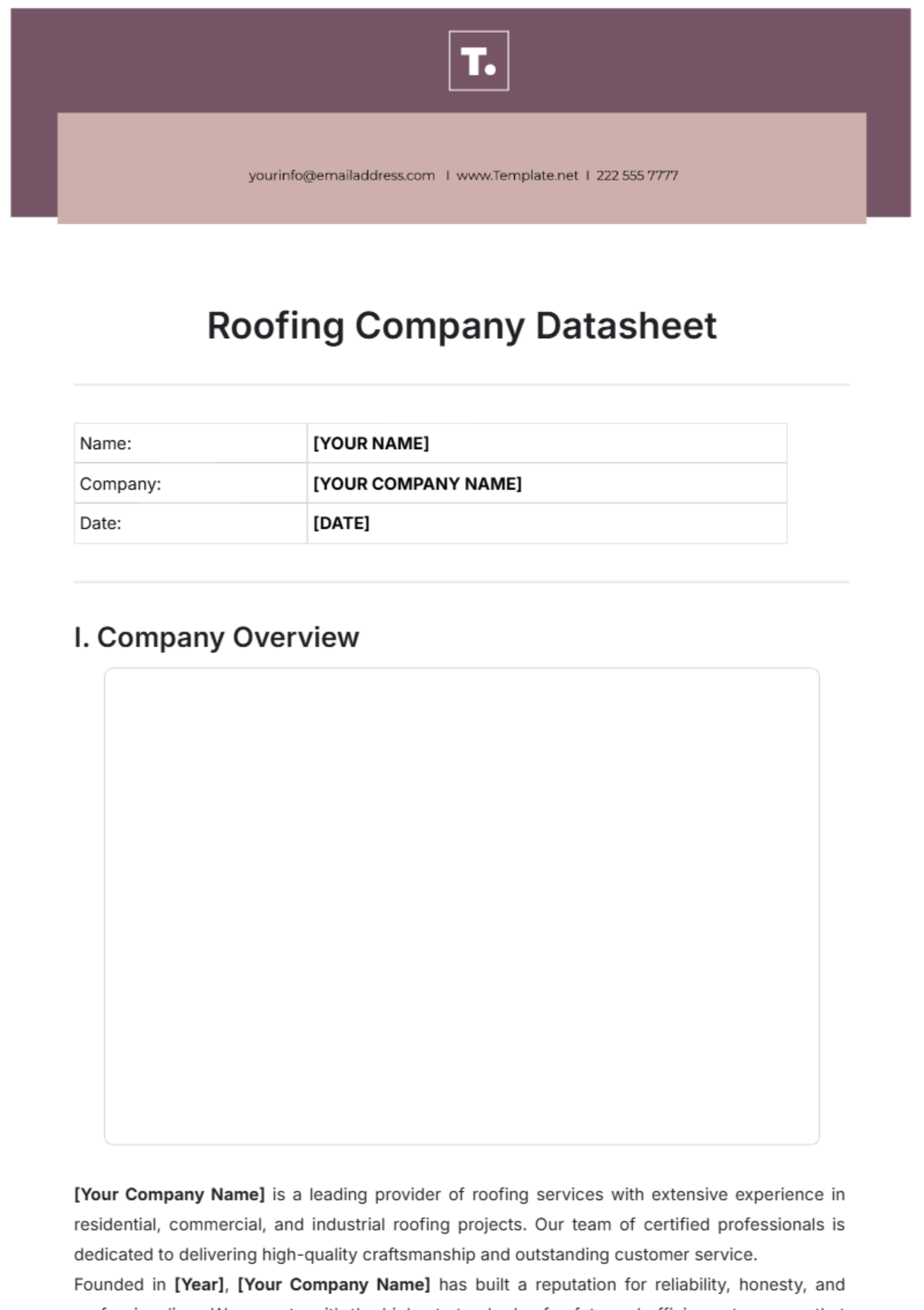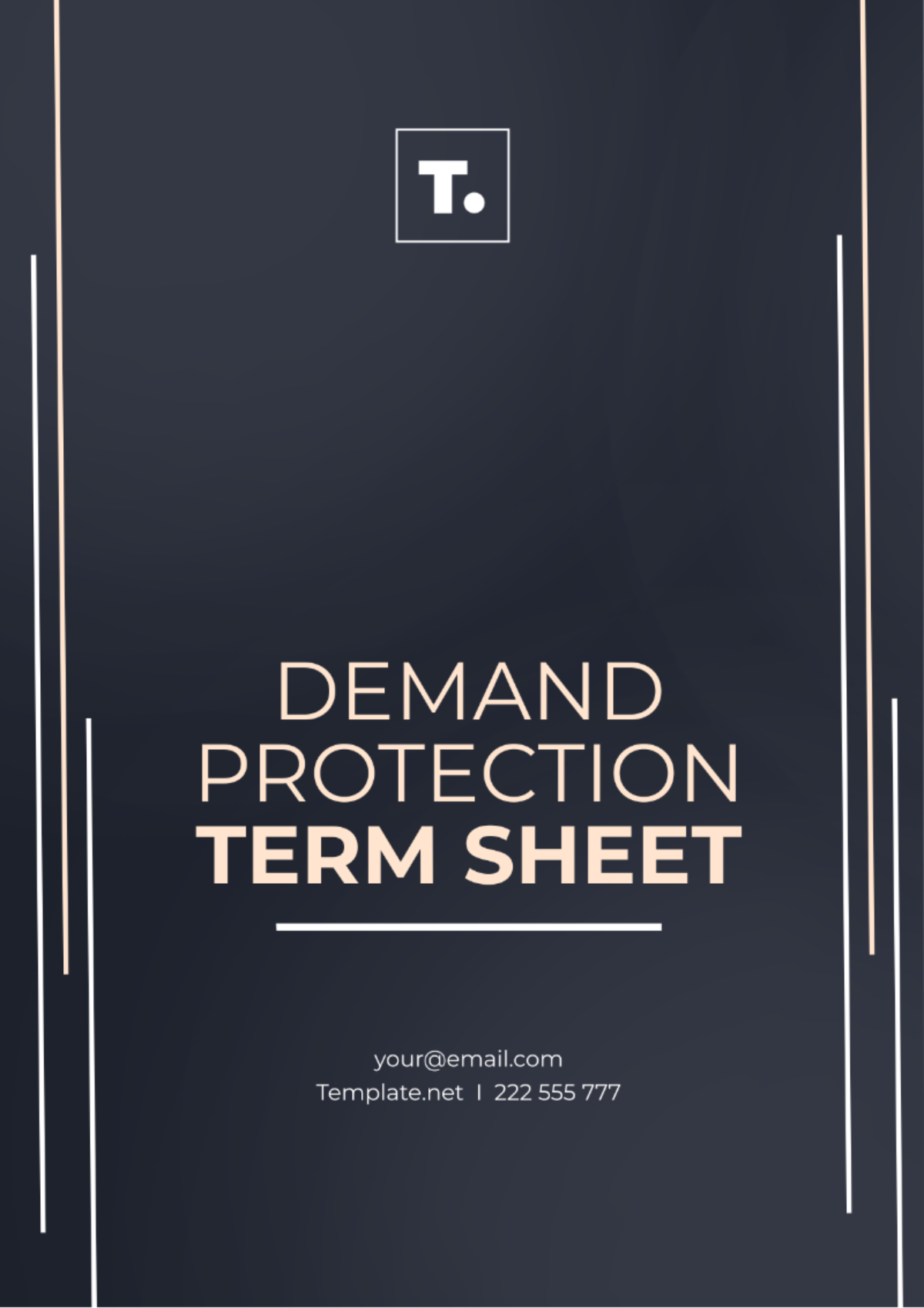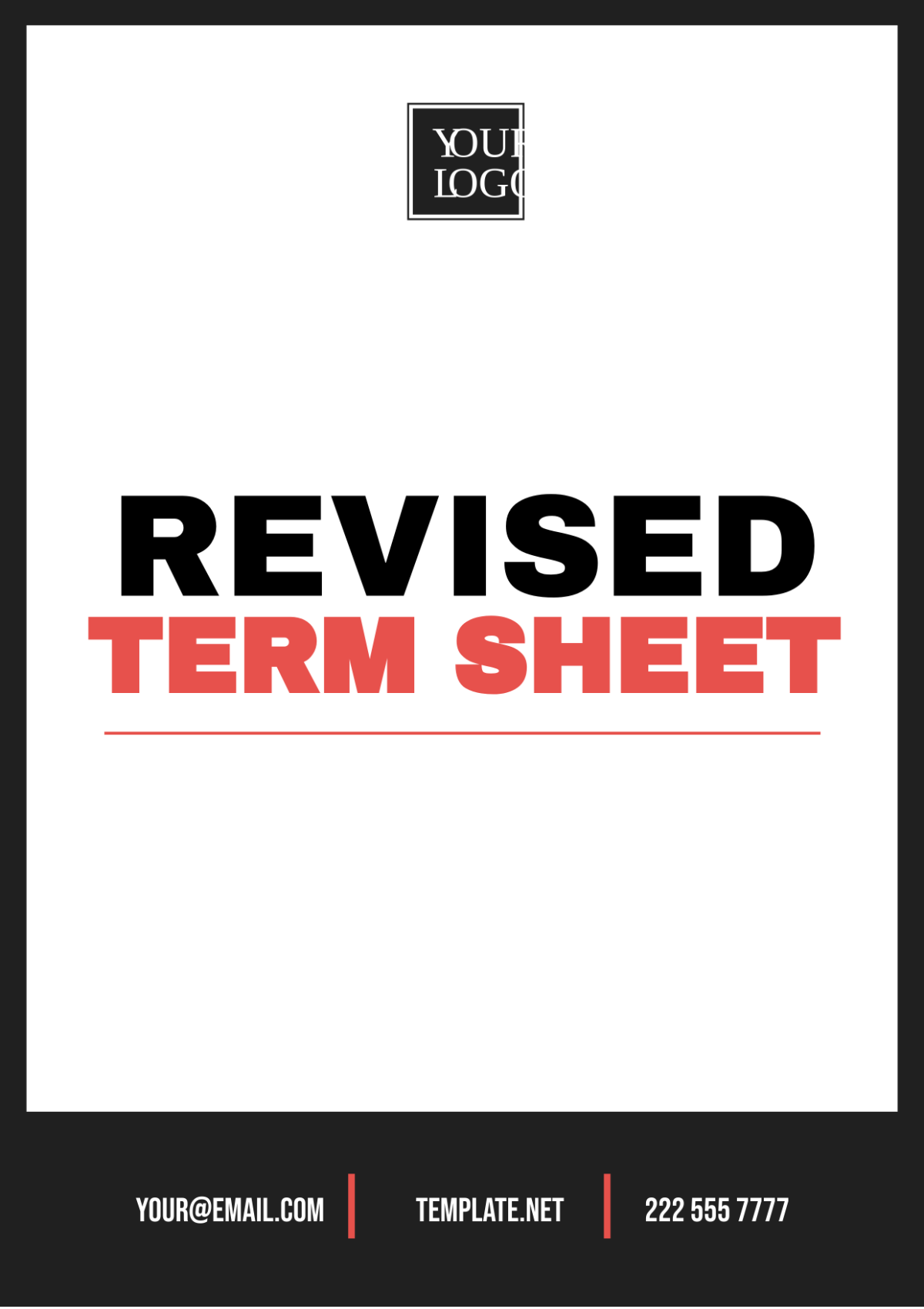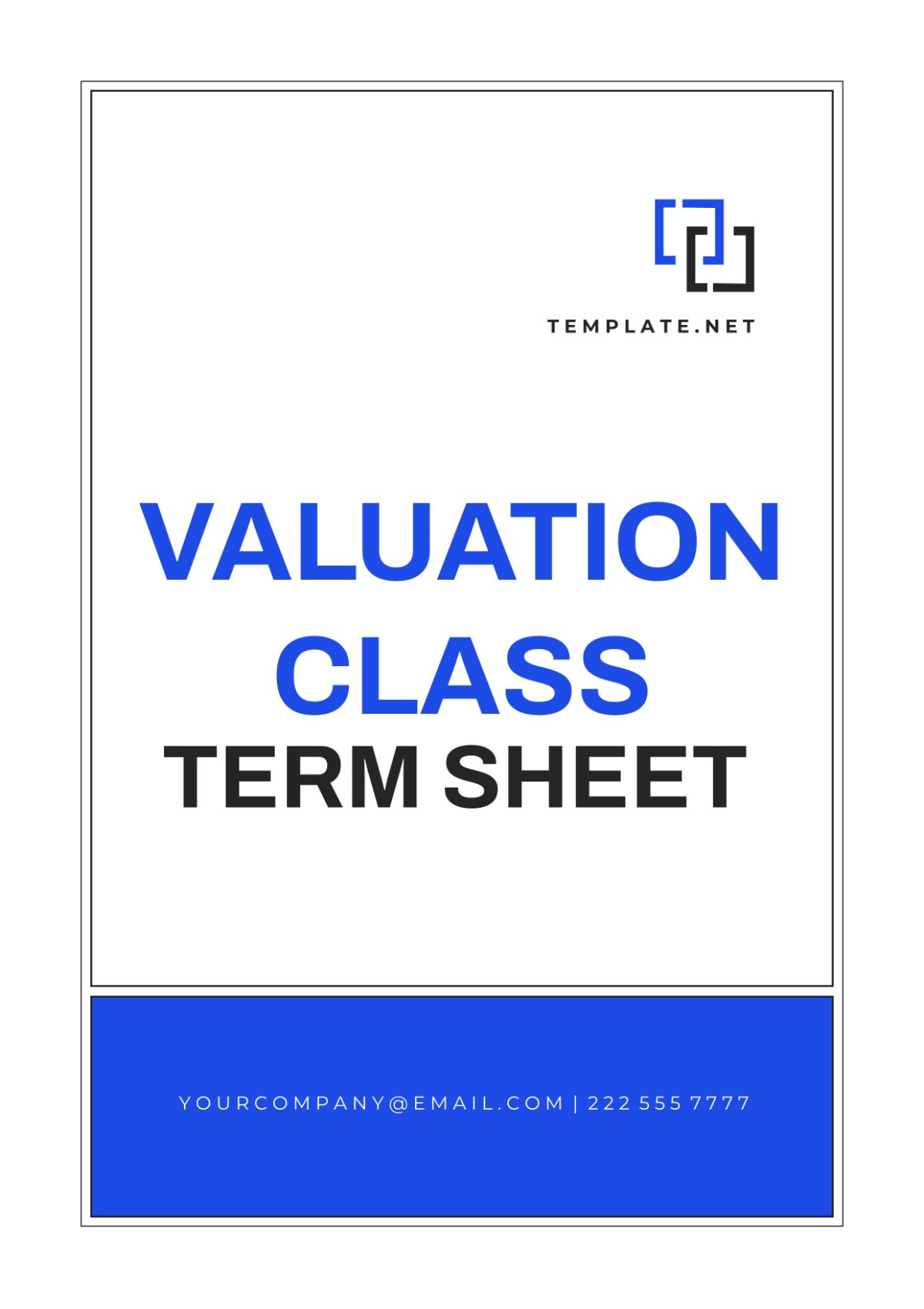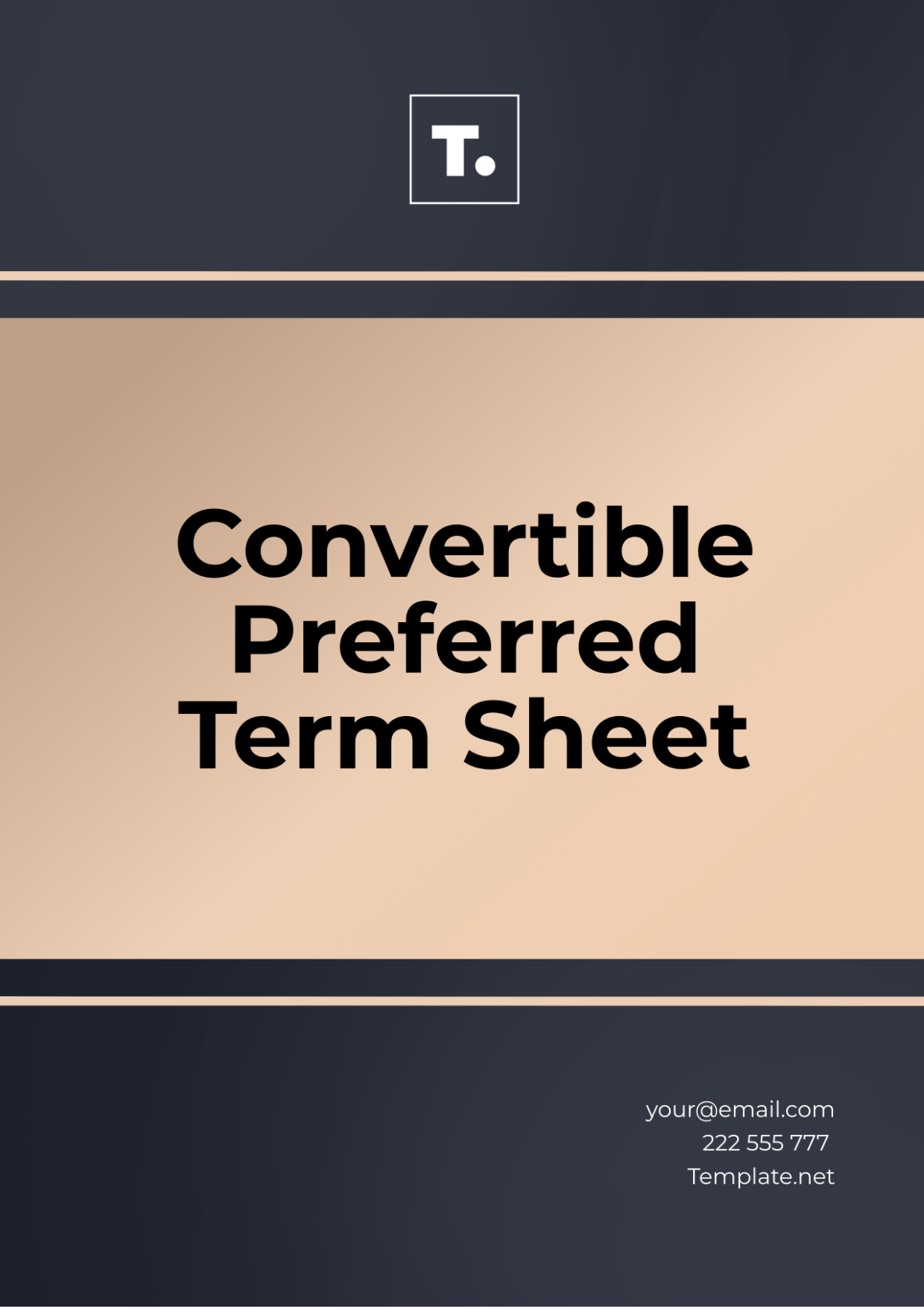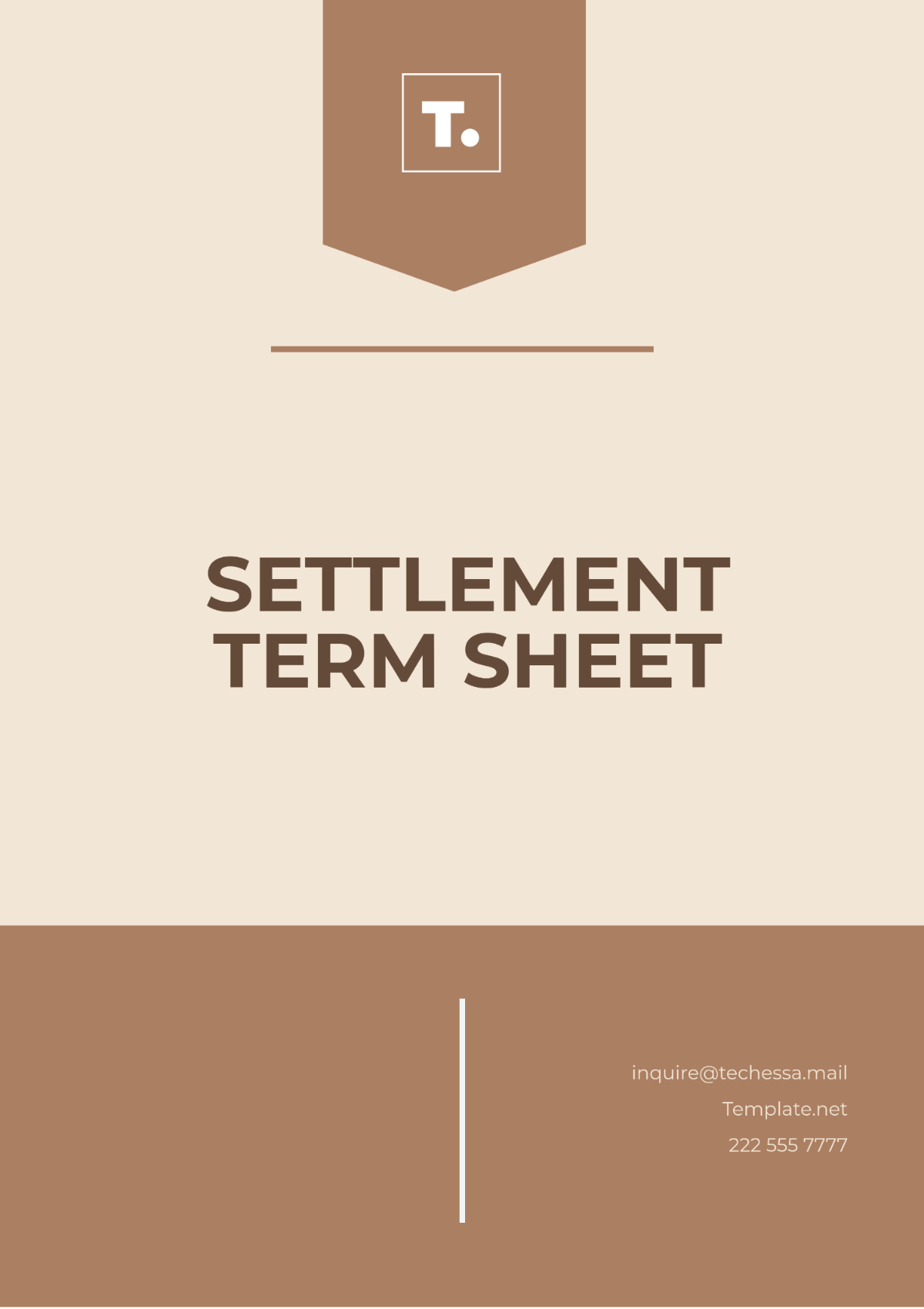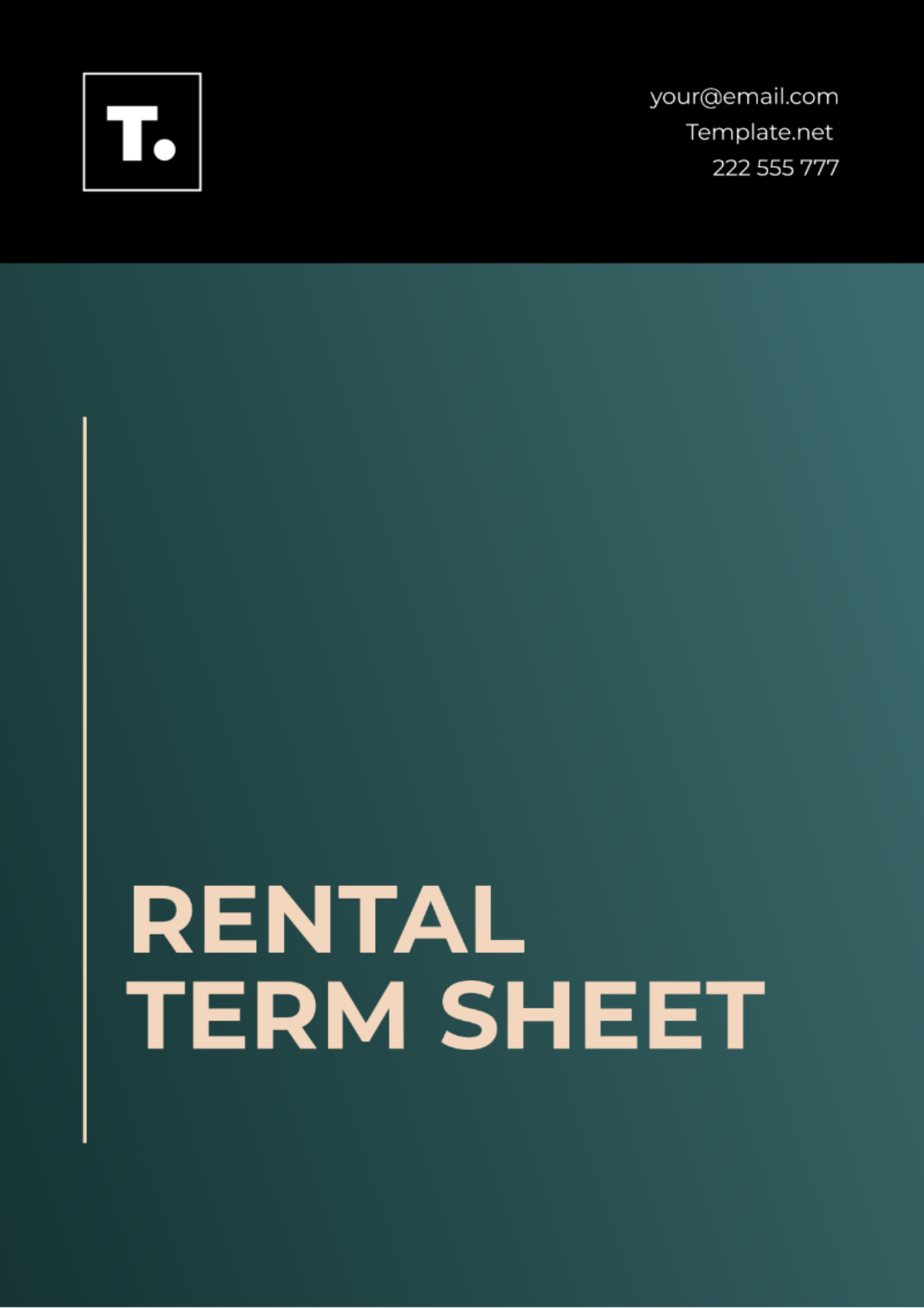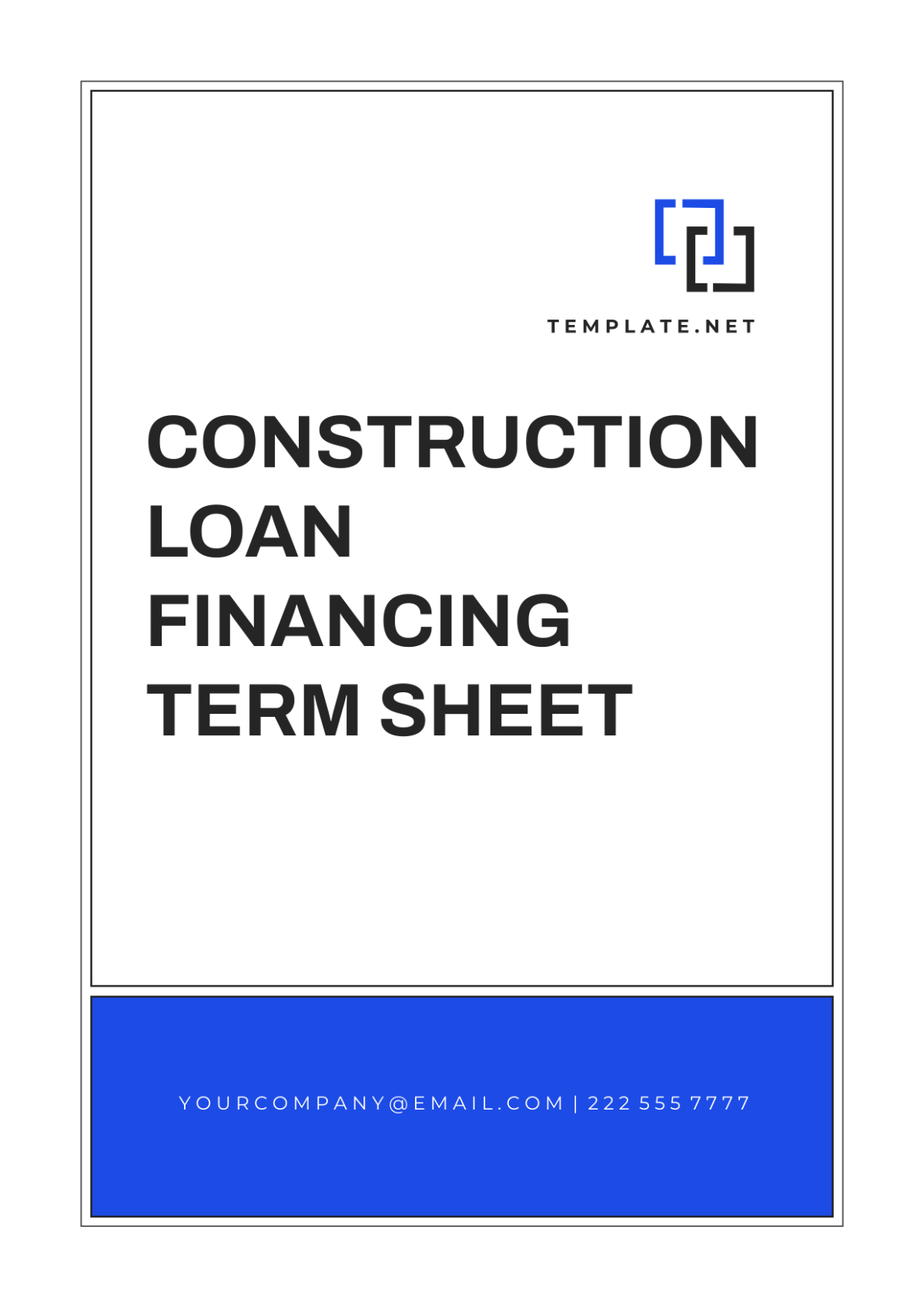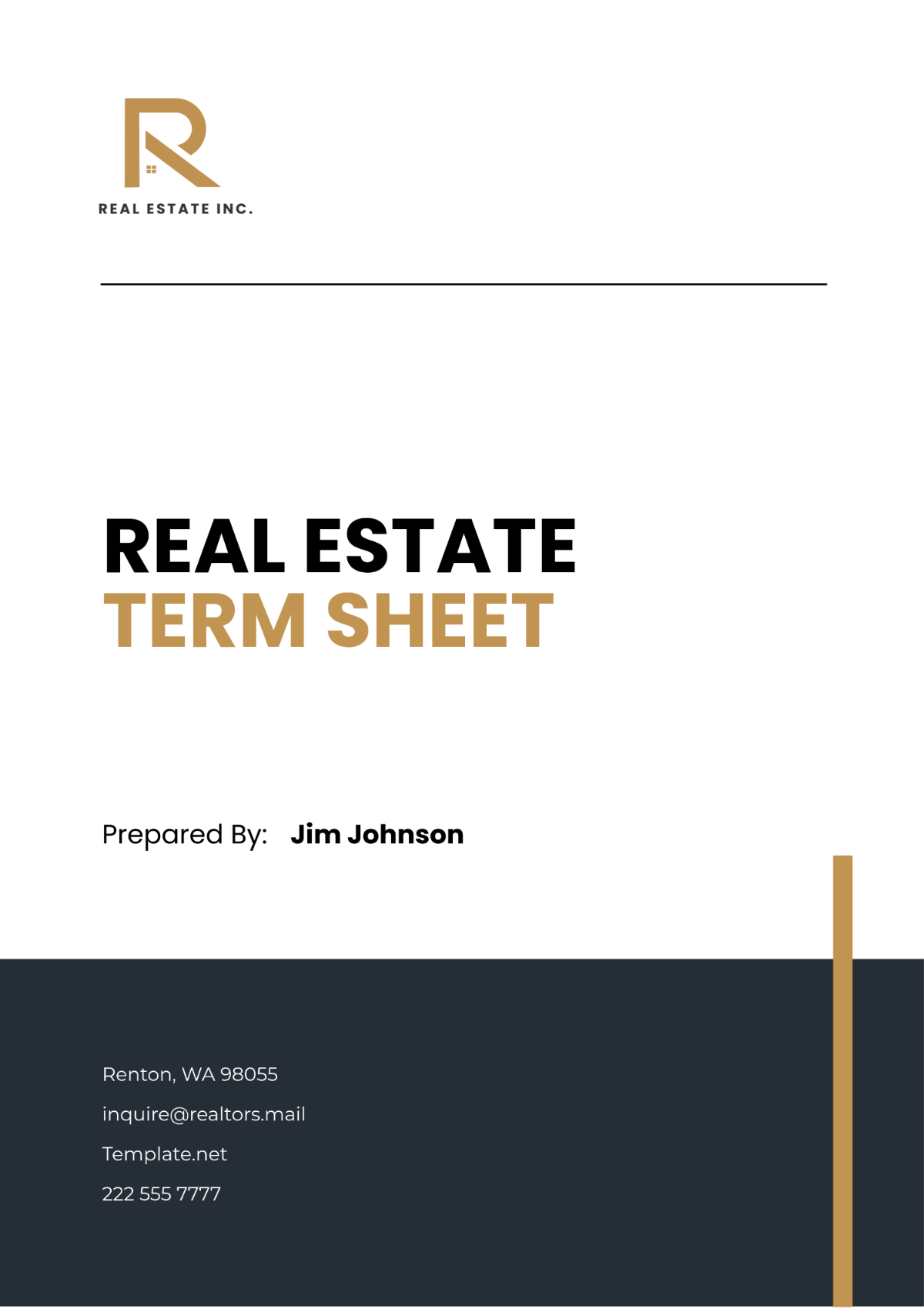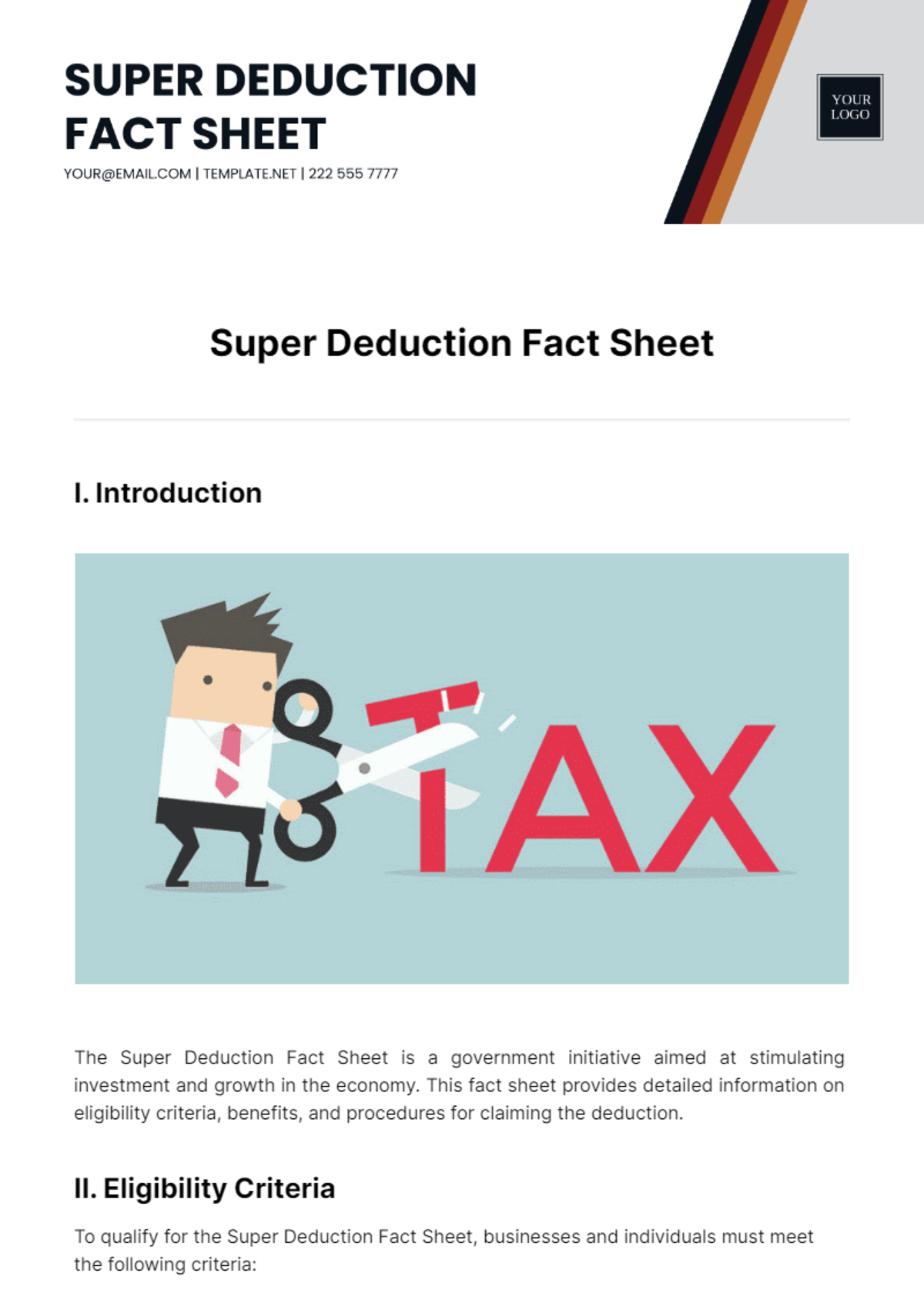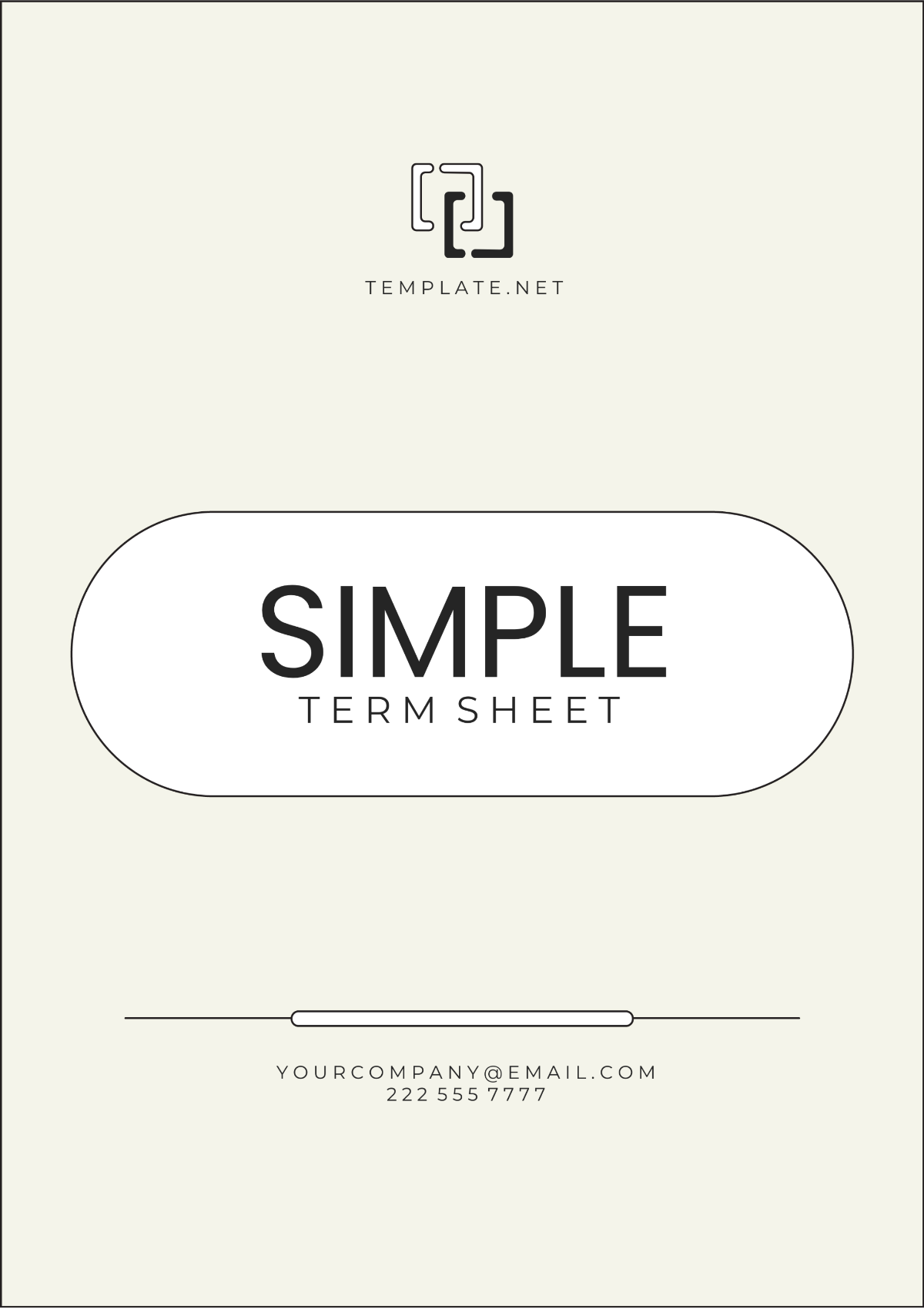RMBS Term Sheet Outline
Overview
Transaction Type: Residential Mortgage-Backed Securities (RMBS)
Issuer: [YOUR COMPANY NAME]
Offering Date: January 10, 2060
Settlement Date: January 15, 2060
Expected Ratings: AAA (Standard & Poor’s), Aaa (Moody’s)
Securities Offered: $500,000,000 in RMBS backed by prime residential mortgage loans
Minimum Denomination: $1,000
Currency: USD
Structure
Classes of Securities: The securities will be issued in multiple classes, each with varying levels of risk and return.
Senior Notes (Class A): $300,000,000 (60% of the pool), rated AAA, interest rate 2.5%
Mezzanine Notes (Class B): $150,000,000 (30% of the pool), rated AA, interest rate 3.5%
Junior Notes (Class C): $50,000,000 (10% of the pool), rated A, interest rate 5.0%
Subordination: The notes are structured with credit enhancement through subordination, where losses are absorbed by the junior notes first, followed by the mezzanine notes, and finally the senior notes.
Collateral
Loan Pool: The collateral consists of 2,500 prime residential mortgage loans, with a total unpaid principal balance (UPB) of $500,000,000.
Geographical Distribution:
California: 30%
New York: 20%
Texas: 15%
Florida: 10%
Other: 25%
Loan-to-Value Ratio (LTV): The weighted average LTV of the pool is 75%.
Loan Types:
Fixed-rate mortgages: 70%
Adjustable-rate mortgages (ARMs): 30%
Borrower Characteristics: The weighted average FICO score of borrowers is 720, with an average loan size of $200,000.
Cash Flow Waterfall
Priority of Payments: Cash flows from the mortgage pool will be distributed in the following order:
Interest Payments: To holders of the Senior Notes (Class A), followed by Mezzanine Notes (Class B), and then Junior Notes (Class C).
Principal Payments: Applied to Senior Notes (Class A) first, then Mezzanine Notes (Class B), and finally Junior Notes (Class C).
Reserve Account: A portion of the cash flow will be deposited into a reserve account to cover any future payment shortfalls.
Excess Spread: Any remaining funds will be distributed to equity holders after all obligations have been met.
Credit Enhancement
Subordination: As described above, losses are absorbed in reverse order of seniority.
Reserve Fund: A reserve fund equivalent to 3% of the initial principal balance will be established and maintained to cover any potential shortfalls in interest or principal payments.
Excess Spread: The excess spread serves as an additional layer of credit enhancement, providing a buffer against losses.
Prepayment and Call Provisions
Prepayment: Borrowers have the option to prepay their mortgage loans without penalty. Prepayments will be passed through to noteholders according to the priority of payments.
Call Option: The issuer has the option to redeem the notes in whole at any time after the 10th anniversary of the settlement date.
Legal and Regulatory Considerations
Governing Law: The RMBS issuance and associated agreements will be governed by the laws of the State of New York.
Regulatory Compliance: The issuance will comply with all applicable securities regulations, including those set forth by the U.S. Securities and Exchange Commission (SEC).
Risk Factors: Investors should be aware of potential risks, including but not limited to interest rate fluctuations, borrower default, and changes in housing market conditions.
Risk Disclosure
Investors should carefully review the risk factors associated with RMBS investments, including credit risk, prepayment risk, and interest rate risk. The securities described in this term sheet are complex financial instruments and may not be suitable for all investors.
Contact Information
For further information, please contact:
Lead Underwriter: [YOUR COMPANY NAME]
Address: [YOUR COMPANY ADDRESS]
Phone: [YOUR COMPANY NUMBER]
Email: [YOUR COMPANY EMAIL]
